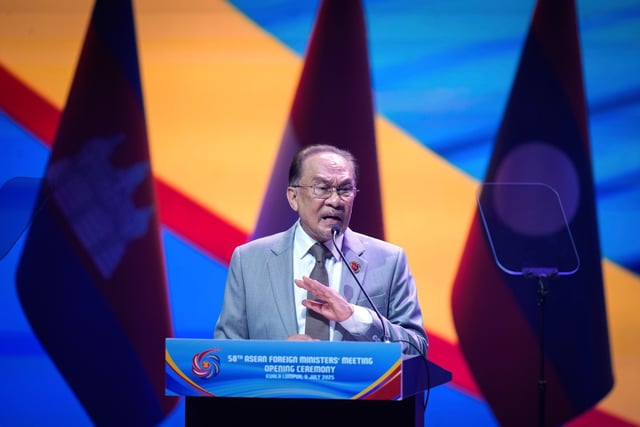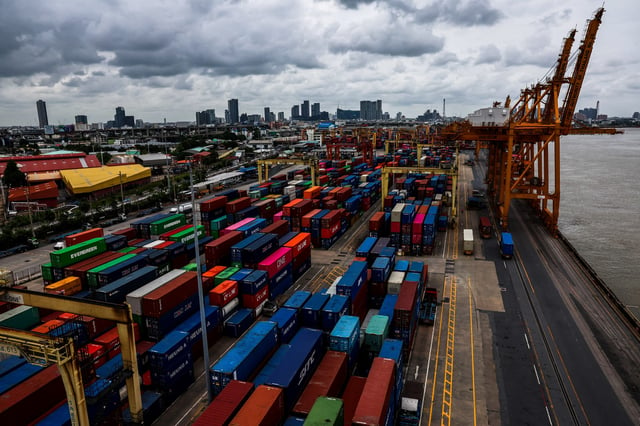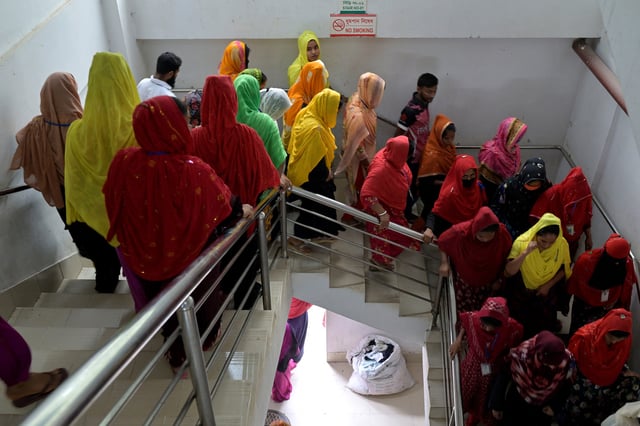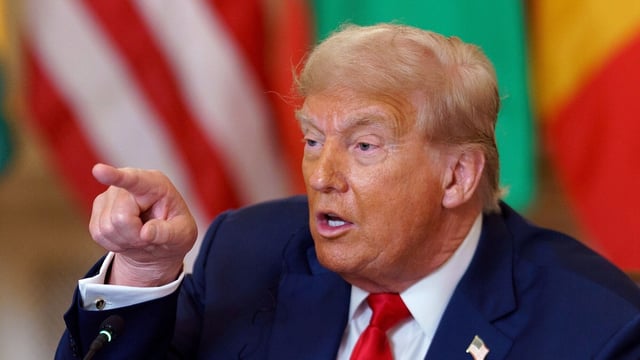Overview
- On July 7 and 9, President Trump dispatched near-identical letters to 21 trading partners announcing tariffs of 20% to 40%, alongside a separate 50% levy on all Brazilian imports, all set to take effect on August 1.
- These new duties replace the postponed “Liberation Day” tariffs from April and are justified by long-standing U.S. trade deficits and specific political grievances.
- So far only the United Kingdom and Vietnam have secured provisional accords, while other targeted nations weigh policy concessions or onshoring incentives to avert steep levies.
- Trump has insisted there will be no further deadline extensions beyond August 1, effectively ending the 90-day negotiation window he granted in April.
- Global markets have remained jittery as countries consider retaliatory steps and the White House hints at potential sector-specific tariffs on copper and pharmaceuticals.



